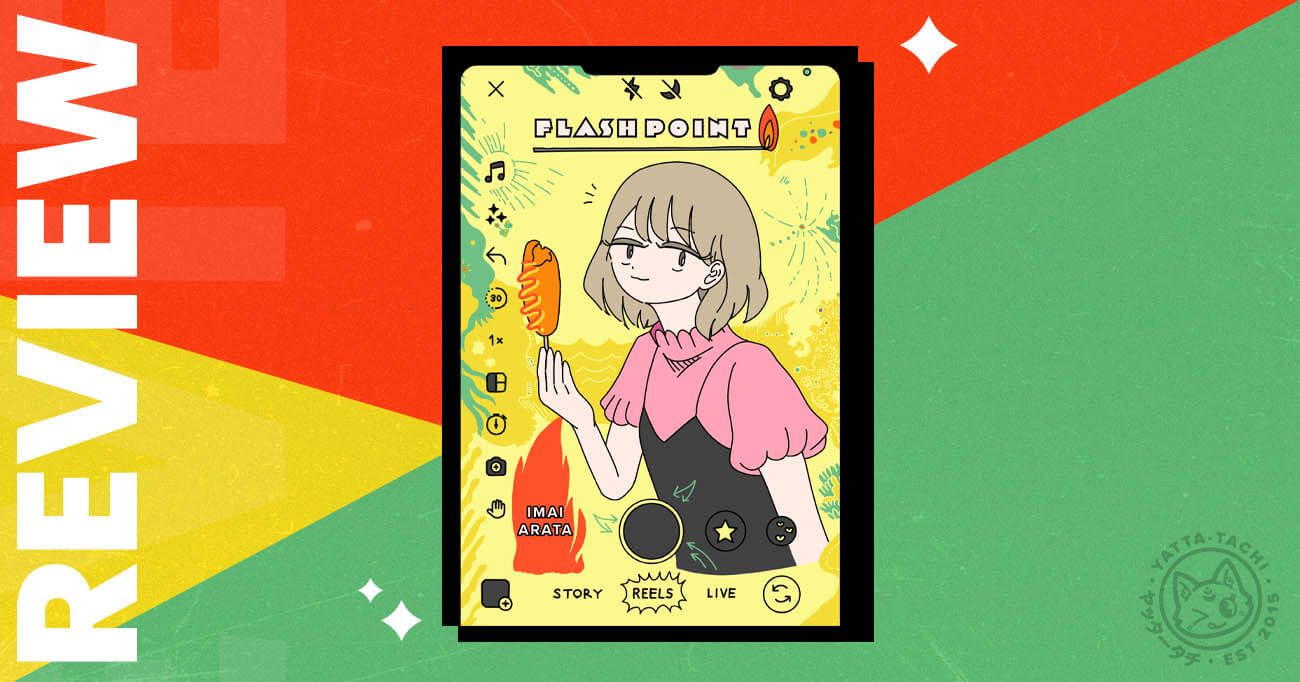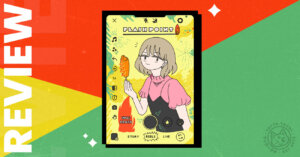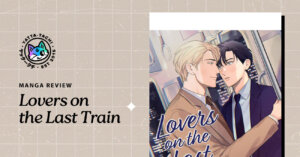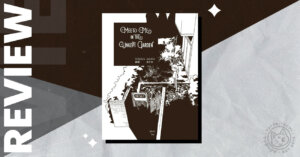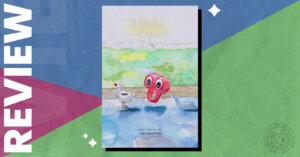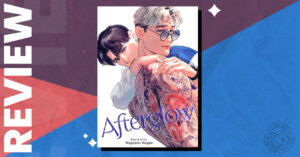Content Warning: Blood, Gun Violence, Political Assassination, Mentions of Japanese Colonial Crimes, including the Comfort Women, Discussion of terrorist organisations such as ISIS
Synopsis
Imai is off work and unemployed following a herniated disc. He lives a quiet life, keeping care of his health and home whilst his wife is at work. One day, his seventeen-year-old sister-in-law, Mashiro, shows up, wishing to skip school and hang out. She’s there the next day, and the next, and the next, and so on. Soon, they’re spending the whole summer together, playing video games and recording videos for her growing Instagram following. Then on a day out, they pass by former Prime Minister Shinzo Abe giving a speech. However, what was just a photobomb for the views quickly spirals into something else when moments later, Shinzo Abe is shot. How will a conspiracy theory-minded, social media-obsessed world react to such an event?

The Good
It’s rare these days to find a translated manga that actually tackles current sociopolitical issues head-on. The best you find is autobiographical works such as Until I Meet My Husband and Embrace Your Size. While this piece remains distinctly fictional, Arata is still using his own unique form of storytelling to tackle serious, relevant issues. In this case, an assassination that took the world by surprise.
Arata is able to achieve this by blending fiction and reality through his art style. The simplistic character design for the main cast contrasts with the detailed, realistic style for the real-life locations and people. It helps both distance the actions of the characters as fictional and root the manga in the reality of the world around us. The story isn’t real, but the use of arbitrary violence in the political sphere very much is.
Additionally, the relationship between Mashiro and Imai is a fascinating one. The brother-in-law and sister-in-law dynamic is not explored much in any form of media. If they interact, it’s usually always with the spouse/sibling present. Here, we see what a blending of families can actually look like. Imai is neither Mashiro’s parental figure nor her best friend. He feels responsible for her, cares for her, but doesn’t have the same loyalty to her parents as his wife does. Over the course of the book, the pair grows to love and trust each other more than ever. It’s also made clear that this is purely platonic.
Both characters are excellent choices to tell this kind of story. Both exist on the fringe of Japanese society. Imai is an unemployed, disabled man who spends his day playing video games and keeping house. Mashiro is a teenage girl who rejects academia, defies her parent’s expectations, and plays violent video games. By choosing these characters, Arata is able to show the innate solidarity between people on the outskirts of society. It makes their sudden exposure to the spotlight all the more dangerous because of these vulnerabilities. Whilst they have a loving family unit, they do not have the sort of social leverage that would benefit someone from a higher social class. It adds an interesting commentary to the actions of those who commit these kinds of violence, who often define themselves as outsiders—as was the case with Tetsuya Yamamoto, Abe’s assassin, who remains unnamed in the manga.
The interview at the back of the book was equally enlightening and informative. It was great to get a sense of Arata’s personality, as well as a deeper look into his own outlooks and background. Reading it really helped inform my opinion of the manga.
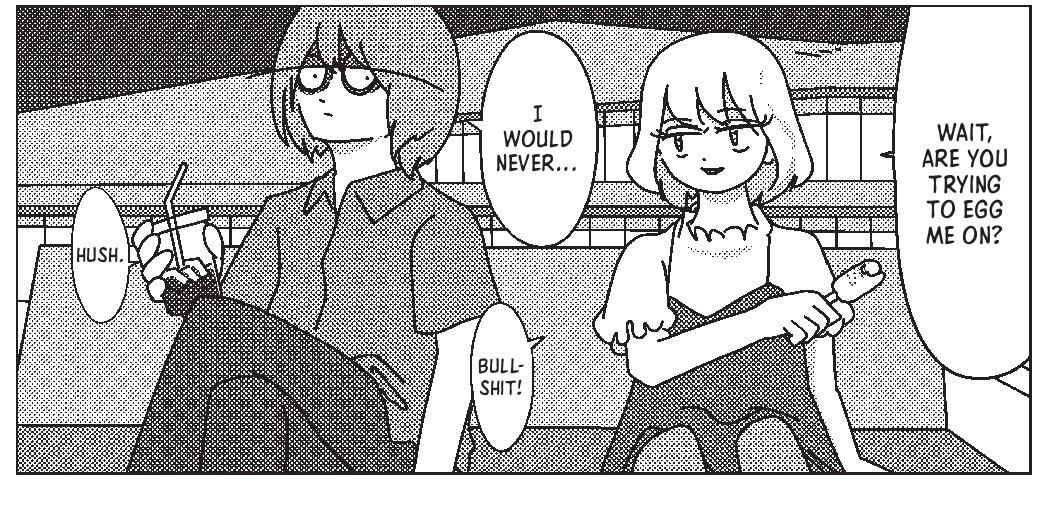
The Bad
The political neutrality of the work may not be to all tastes. Whilst the main character does choose to go see the former Prime Minister speak, he still has a very nonplussed attitude towards him, even after witnessing his death. The manga also presents all sides of the political spectrum as culpable for the fictional unrest that follows.
Whilst in the interview at the back, the creator describes Abe as “kind of evil” he also acknowledges some of the good he did in preparing Japan for modern international politics. This level of nuance, the ability to recognise both the good and the bad in a politician, is not something that everyone will be comfortable with given Abe’s outspoken conservative beliefs. In particular, his refusal to acknowledge Japan’s colonial war crimes, including the abuse of “comfort women”—Chinese and Korean women kidnapped and forced into sexual prostitution by Japanese soldiers.
It also doesn’t acknowledge any of the actual motives behind the attack, nor the real life fall out that followed. The closest it gets is the protests over him receiving a state funeral. For some, it might appear as bad taste to use the assassination for this kind of content. The dry humour could also come across as overly dismissive.
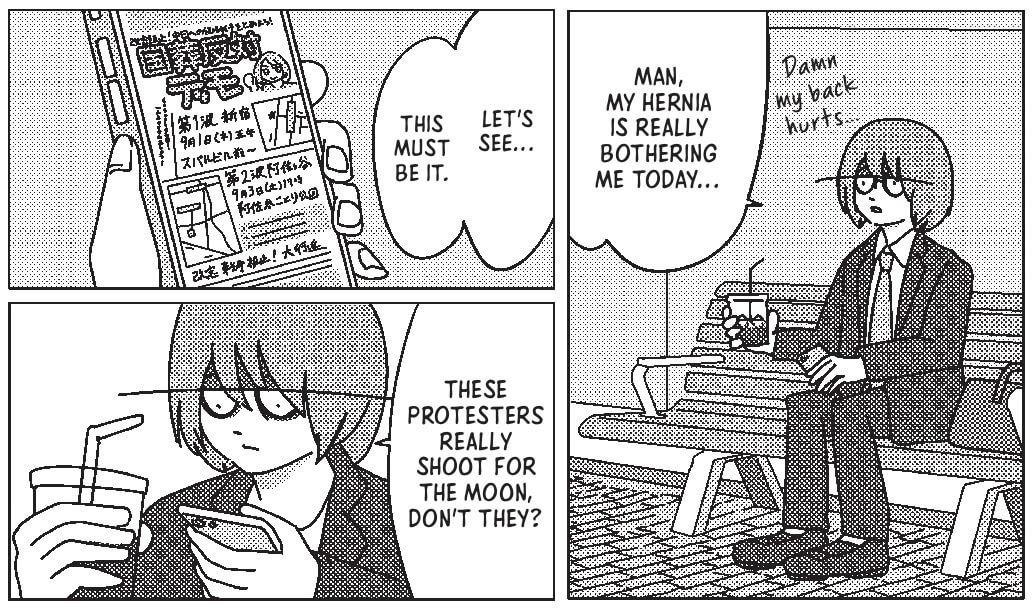
The Verdict
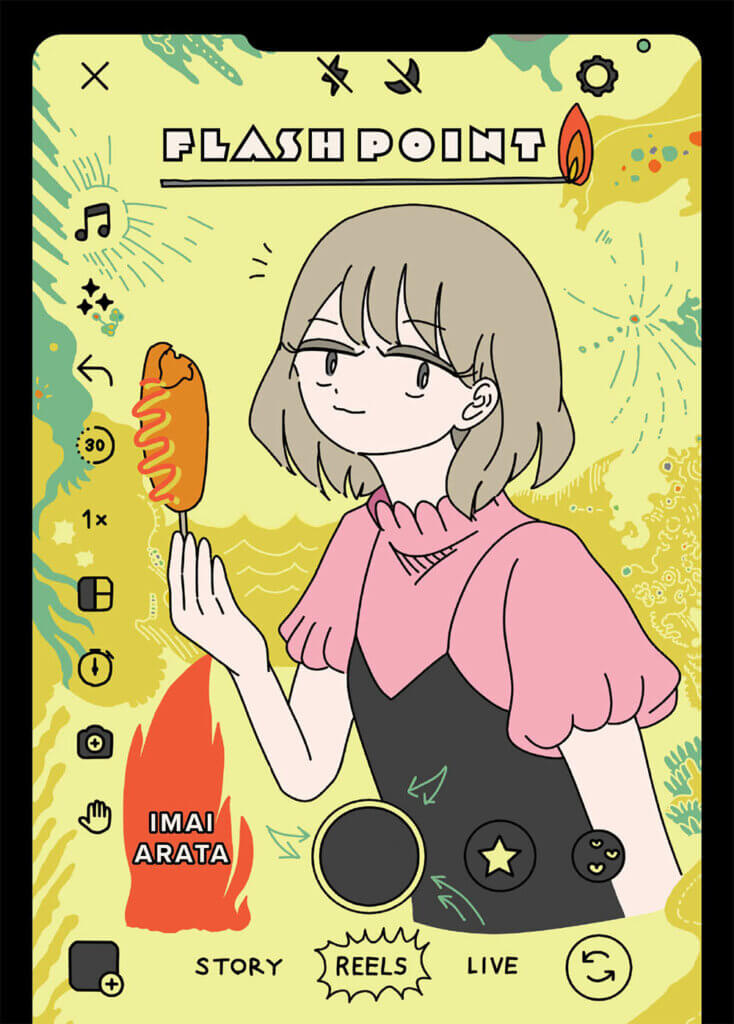
In a market saturated with salary men being reincarnated in another world, plucky kids fighting evil adults, and villainesses turned heroines, this reportage manga feels like a breath of fresh air. Whilst journalistic comics is a long-standing genre in western comics, from Maus to Ducks, Japanese reportage is sadly missing from our bookshelves. Glacier Bay Books has been doing great work in helping to fix this issue, including publishing some of Arata’s previous work, such as F.
I found Flash Point to be thoughtful, relevant, and a perfect introduction to the world of mature indie comics. It reminded me of the sort of books you’d pick up going through art fairs such as Thought Bubble, in particular the self-printed short-run comics created by students and graduates, which really try to capture the essence of the world around them as they see it. Reading it felt almost nostalgic, in a way. But equally, I feel that people unfamiliar with the indie comic scene will find it a great eye-opener as to what they can discover out there. In many ways, I hope this book helps to change the idea that “doujinshi” is synonymous with “porn” because while, yes, there is a lot of beautiful erotica out there, it’s not all there is; and sometimes the most fascinating and unique stories can be found among those very tables!
My old graphic communication tutor used to tell us that if we wanted to be good designers, we needed to expand our horizons. We needed to learn, watch, and read things outside of our comfort zones. We couldn’t just stick to just one thing. This methodology is something missing in a lot of manga. It becomes obvious that a creator only ever reads work within their own medium and potentially even their own genre. The best artists draw on from all walks of life, and that is what is happening here. There’s an awareness of the world and of art that speaks to years of careful craft.
Reading this book will undoubtedly make you a better artist and a better reader. It will open you up to a new genre of comics and new ideals around what comics can (and should) do.
Flash Point is available directly from Glacier Bay Books
If you like Flash Point you may also like …
Credits
Writer and Artist: Imai Arata
Translation: Ryan Holmberg
Editing: Ryan Holmberg and emuh ruh
Lettering: Lauren Eldom
Design: emuh ruh and Imai’s wife
Interview: Zach Godin and Ryan Holmberg
English Edition published by Glacier Bay Books
Thank you to Glacier Bay Books for providing a review copy. Receiving this copy did not affect the reviewer’s opinions as expressed here.
Article edited by: Cy Catwell
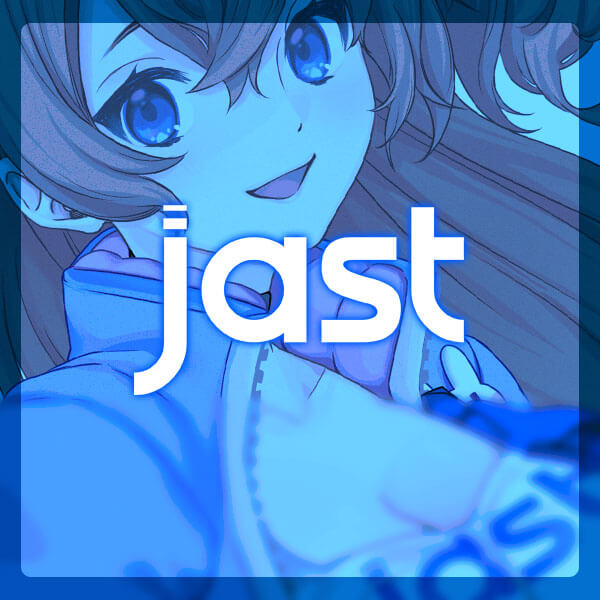
Featured Sponsor - JAST
The sweetest romance and the darkest corruption, the biggest titles and the indie darlings; for visual novels and eroge, there's nowhere better.
Big thank you to our supporters
From their continous support, we are able to pay our team for their time and hard work on the site.
We have a Thank-You page dedicated to those who help us continue the work that we’ve been doing.
See our thank you page